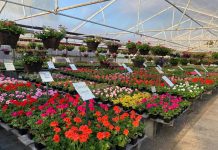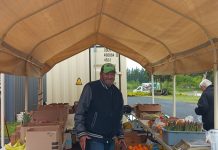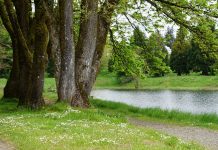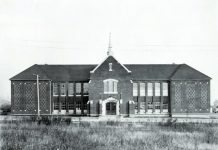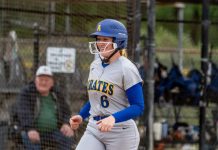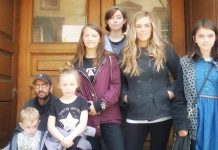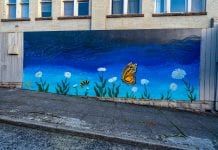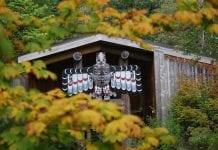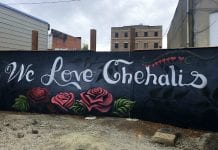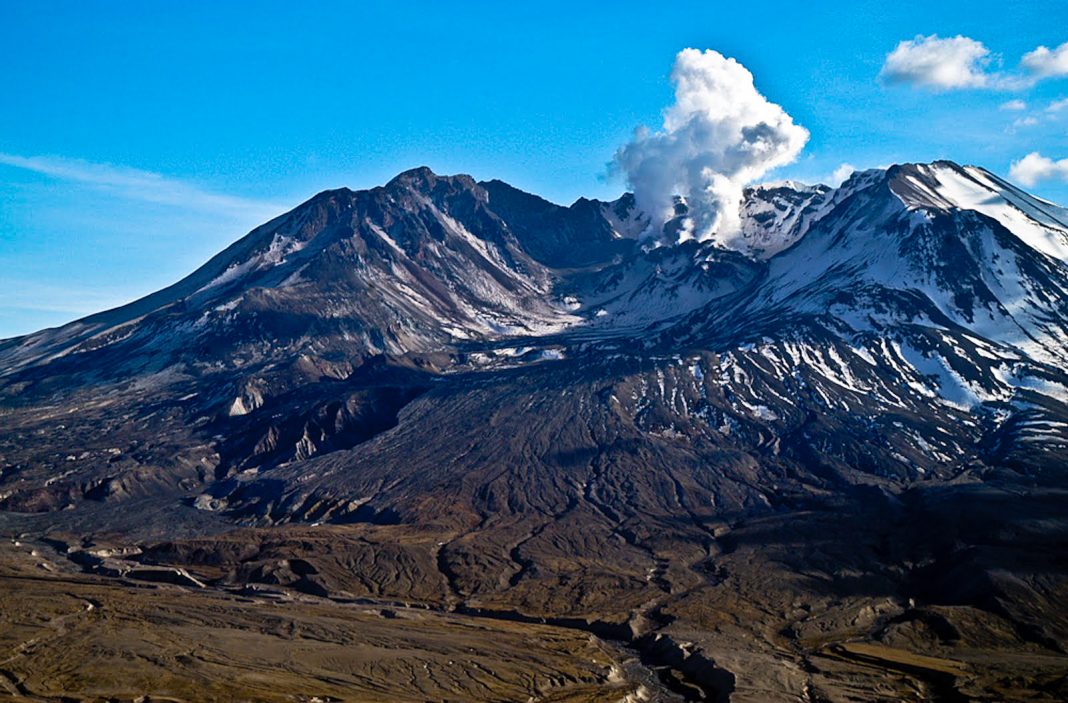Submitted by The Washington State Historical Society
Join in an online anniversary commemoration to see a ranger program, hear first-person stories about the mountain, and create your own volcano hat on Monday, May 18, 2020 from 6:30 – 8:00 p.m. It is easy to participate by simply going to https://www.facebook.com/historymuseum/live/ at 6:00 p.m. You do not need a Facebook account to participate.
May 18 marks 40 years since the gripping 1980 eruption of Mount St. Helens – an event that forever altered our state. Also known as Lawetlat’la and Loowit, the mountain is a natural and cultural landmark with a storied history. The 1980 eruption was the most dramatic chapter in recent memory, abruptly changing the way we lived, worked, recreated, and thought about the mountain.
Leading up to this anniversary, Washington State Parks has collected stories from people who shared memories of their relationship with the mountain before, during and after the blast. The Mount St. Helens Visitors Center Oral History Project connected Interpretive Specialist Alysa Adams with people from near and far who contributed their stories and family photos. For the virtual 40th anniversary commemoration, we’re bringing together a group of locals who have deep connections to the area to share their stories.
In addition to guest storytellers, Interpretive Specialist Alysa Adams will give her famous Mount St. Helens eruption talk and lead a craft for all ages. If you want to get creative along with Alysa, be sure to round up the following supplies by Monday night:
Volcano Hat Craft
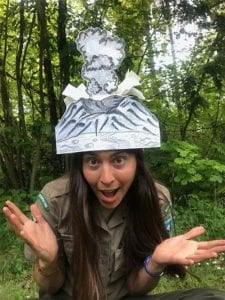
- Paper or cardstock
- Tape, stapler or glue stick
- Coloring utensils; crayons, markers, colored pencils or paint
- Mount St. Helens images for inspiration: The USGS Library Mount St. Helens Collection features thousands of photographs of Mount St. Helens from before, during, and after the eruption.
- Imagination and creativity to build a hat from scratch along with a sense of humor for wearing your volcano proudly!
Story circle participants will include
Nathan Reynolds grew up in a small town in southwest Washington. The 1980 eruption of Mount St. Helens occurred in his figurative backyard and was a formative experience for Nathan as a 12 year-old, focusing his interests into landscape processes and environmental history. In 2009, he received a Master of Science degree in environmental science and regional planning from Washington State University, and he serves as an ethno-ecologist in the Natural and Cultural Resources Departments of the Cowlitz Indian Tribe.
Carolyn Driedger works for the United States Geological Survey as a hydrologist and is the outreach coordinator at the Cascades Volcano Observatory. In 1980, she was working as a glaciologist for the USGS.
Robert Harju is a woodcarver for the Cowlitz Tribe and has a lifelong relationship with the Mount St. Helens area. He grew up visiting Spirit Lake, the south side forests and rivers, and he worked as a forester throughout his young adult years. On May 18th, 1980, he was working with a forestry crew on the south side of the mountain.
Jane Rosi-Pattison was born in Seattle and spent summers at Spirit Lake for a decade before the 1980 eruption. Her husband, Bob was the camp director for Longview’s YMCA Camp Loowit. Since the eruption, she has closely followed the recovery of Mount St. Helens as a naturalist and educator.
Jo Waddell is a Guardian ad Litem for the Superior Court in Clark County where she advocates for the best interests of vulnerable kids and adults. She spent many summers at Spirit Lake in the 1970s at Camp Meehan, run by the Portland YMCA.
Dick Ford grew up in the Kelso area, attended Boy Scout Camp at Spirit Lake, and spent 38 years as a forester for Weyerhauser in the Mount St. Helens area. On the weekend of the eruption in 1980, he had multiple forestry crews in the areas surrounding Mount St. Helens.
Sue Truman is a musician, a step-dancer in the Quebecois tradition, and an artist specializing in the historic art form known as the moving panorama or crankie. Sue has created a special set of crankies to commemorate the 40th eruption anniversary.
This virtual anniversary program is hosted by the Washington State Historical Society and created by the Washington State Parks and Recreation Commission Folk & Traditional Arts Program. This program is FREE! Consider supporting WSHS and Washington State Parks Foundation through donations.



